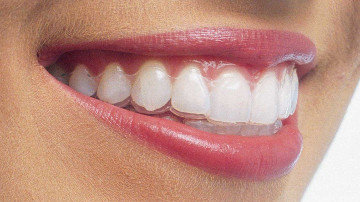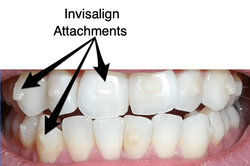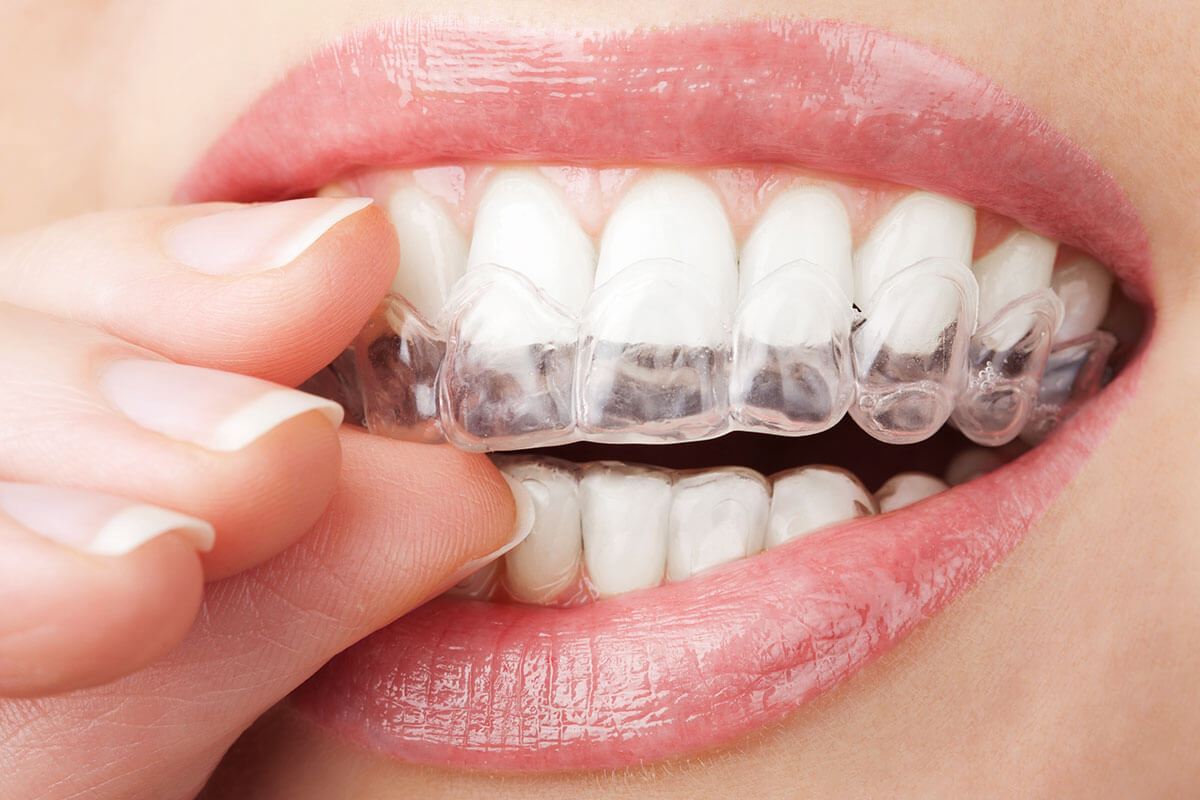Frequently Asked Questions About Invisalign: Everything You Required to Know
Frequently Asked Questions About Invisalign: Everything You Required to Know
Blog Article
Invisalign vs. Typical Braces: Which Choice Is Right for You?
When thinking about orthodontic therapy, the option in between Invisalign and standard dental braces presents several essential aspects that warrant mindful evaluation. Invisalign provides a very discreet option with detachable aligners, while typical dental braces give a more visible yet effective solution for severe misalignment. Each option encompasses distinct benefits and drawbacks related to appearances, convenience, therapy period, and price. Recognizing these nuances is important for making a notified decision that aligns with your personal choices and way of living. The inquiry stays: which choice will finest meet your orthodontic needs and assumptions?
Introduction of Treatment Alternatives

In contrast, standard dental braces include steel braces and wires that are bound to the teeth. This approach uses continuous pressure with time to achieve placement. While efficient for intricate orthodontic problems, typical dental braces need regular sees for adjustments and can posture difficulties in maintaining oral hygiene because of the trouble of cleansing around brackets and wires.
Both choices have their qualities, and the choice frequently depends upon certain oral problems, way of living choices, and patient compliance. Ultimately, speaking with an orthodontic expert is vital for determining the most suitable therapy strategy customized to specific demands. Recognizing the subtleties of each alternative can significantly affect the total success of orthodontic treatment.
Visual Factors To Consider
A considerable aspect affecting the option between Invisalign and conventional braces is the aesthetic allure each therapy uses. Invisalign aligners are crafted from clear plastic, making them essentially undetectable when used. This discreet appearance is specifically interesting teenagers and grownups that may feel awkward concerning their orthodontic treatment. The capacity to preserve a natural smile throughout the placement procedure can considerably enhance the person's self-confidence in social and expert setups.
On the other hand, traditional dental braces consist of steel brackets and cables, which can be more obvious. While developments in orthodontic modern technology have brought about the advancement of smaller sized brackets and tinted elastics, conventional dental braces still preserve an even more conspicuous account. For some people, the exposure of dental braces may prevent them from looking for required therapy.
Ultimately, the selection in between Invisalign and conventional dental braces may rest on individual preferences relating to looks. Patients who focus on discernment typically lean towards Invisalign, while those that are less worried concerning visibility may go with traditional dental braces. Understanding the aesthetic ramifications of each alternative is essential for making a notified choice that aligns with one's way of life and preferences.
Comfort and Convenience

In regards to comfort, Invisalign aligners are removable, enabling patients to appreciate their preferred foods without restriction and keep ideal oral health. Cleaning and flossing are simplified, as the aligners can be taken out throughout these routines, whereas traditional dental braces need careful steering around cords and brackets.
In comparison, traditional dental braces demand routine changes, making them less practical for those with active schedules. Generally, the comfort and benefit of Invisalign make it an enticing choice for lots of people seeking orthodontic treatment.
Therapy Period and Effectiveness
While both Invisalign and typical dental braces are effective in remedying oral misalignments, the duration of treatment can differ significantly between the two alternatives. Typically, Invisalign treatment can take anywhere from 12 to 18 months, depending upon the intricacy of the instance. The clear aligners function by gradually shifting teeth into their preferred placements, and normal follow-ups with an orthodontist aid ensure progress remains on the right track.
In comparison, standard dental braces usually require a longer commitment, usually ranging from 18 months to three years. This is due to their fixed nature and the use of brackets and cords, which can be extra reliable for severe imbalances and complex cases (Invisalign). The therapy performance of typical dental braces is well-documented, as they permit for exact changes and higher control over tooth motion
Eventually, the option between Invisalign and traditional dental braces might depend upon both the expected treatment period and the details oral problems at hand. Consulting with an orthodontist is crucial, as they can provide customized referrals based on individual needs, ensuring the picked approach lines up with desired timeframes and outcomes.
Price Contrast and Insurance Options
Expense plays browse around here a significant role in the decision-making procedure for individuals taking into consideration orthodontic therapy, whether choosing Invisalign or traditional dental braces. Typically, the price of Invisalign varieties from $3,000 to $8,000, while conventional dental braces normally cost in between $2,000 and $6,000. Elements affecting these expenses consist of the complexity of the instance, the duration of therapy, and geographical place.
Insurance policy protection can significantly affect out-of-pocket expenses. Lots of oral insurance coverage strategies offer partial insurance coverage for orthodontic treatments, yet the specifics can vary commonly. It is essential for people to review their insurance plan to figure out the level of coverage for either choice. Generally, conventional dental braces may be much more regularly covered by insurance plans contrasted to Invisalign, which some insurers categorize as an aesthetic treatment.
Furthermore, a number of orthodontic techniques supply adaptable layaway plan, making both treatment options much more easily accessible. People need to inquire about potential funding choices and discount rates for in advance repayments. Examining the complete price, consisting of insurance coverage advantages click this site and repayment plans, is vital for making a notified decision that lines up with both aesthetic preferences and budget considerations.

Conclusion
In summary, the choice in between Invisalign and traditional dental braces depends upon numerous aspects, consisting of aesthetic preferences, comfort, therapy period, and price. Invisalign uses a discreet, removable option that promotes dental hygiene and dietary adaptability, while typical dental braces may be better for intricate oral issues and often come at a reduced price point. Ultimately, consultation with an orthodontist is vital to analyze private conditions and identify the most appropriate therapy choice for achieving optimum oral alignment.
When considering orthodontic therapy, the choice in between Invisalign and conventional braces provides several vital elements that merit cautious evaluation.Contrasting Invisalign and conventional dental braces reveals distinctive treatment alternatives for orthodontic adjustment.While both Invisalign and typical braces are reliable in fixing oral misalignments, the duration of therapy can vary dramatically between the 2 options.Expense plays a substantial role in the decision-making procedure for people thinking about orthodontic therapy, whether opting for Invisalign or conventional dental braces.In summary, the option in between Invisalign and traditional braces pivots on numerous factors, including visual choices, comfort, treatment period, and price.
Report this page